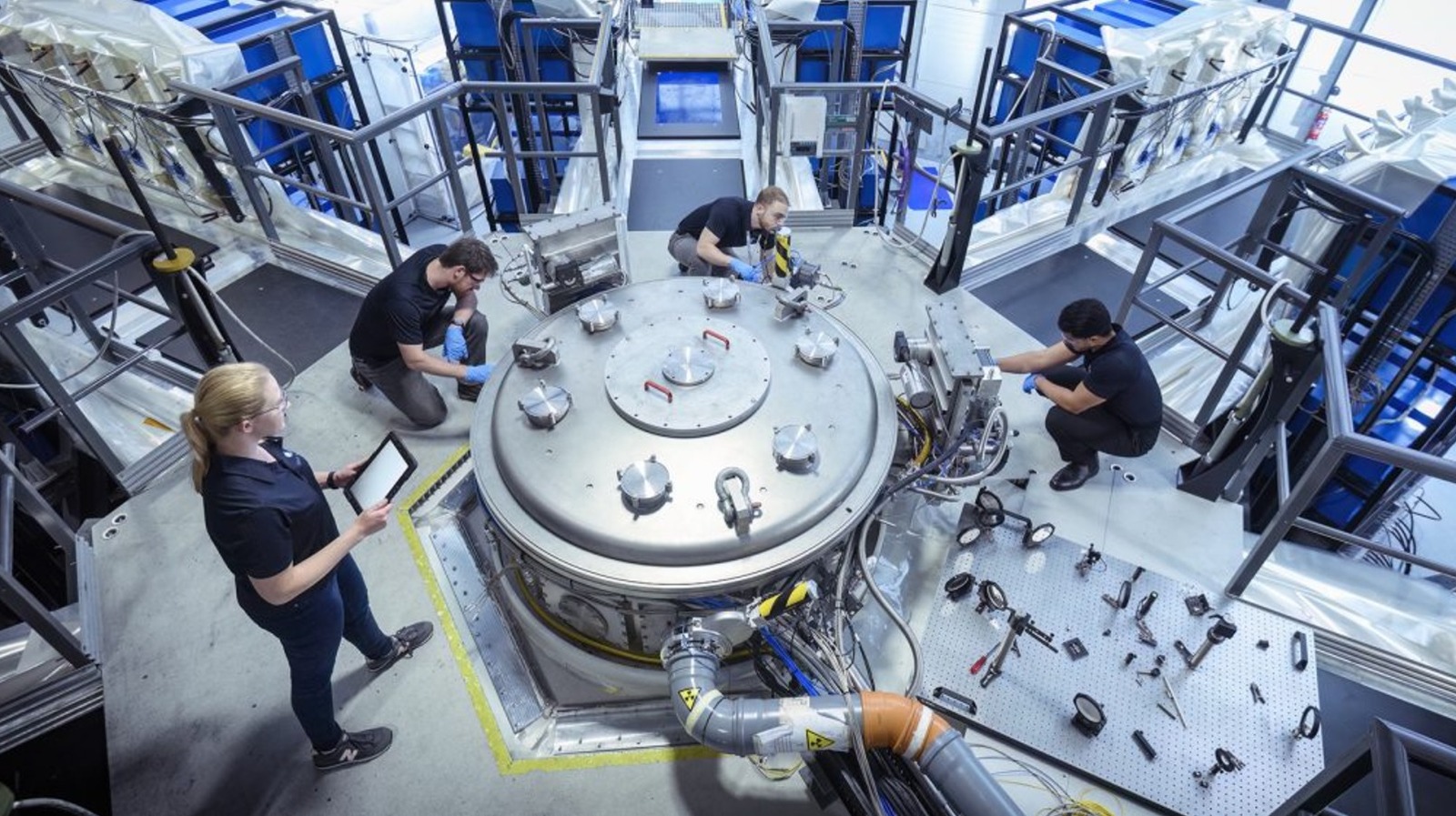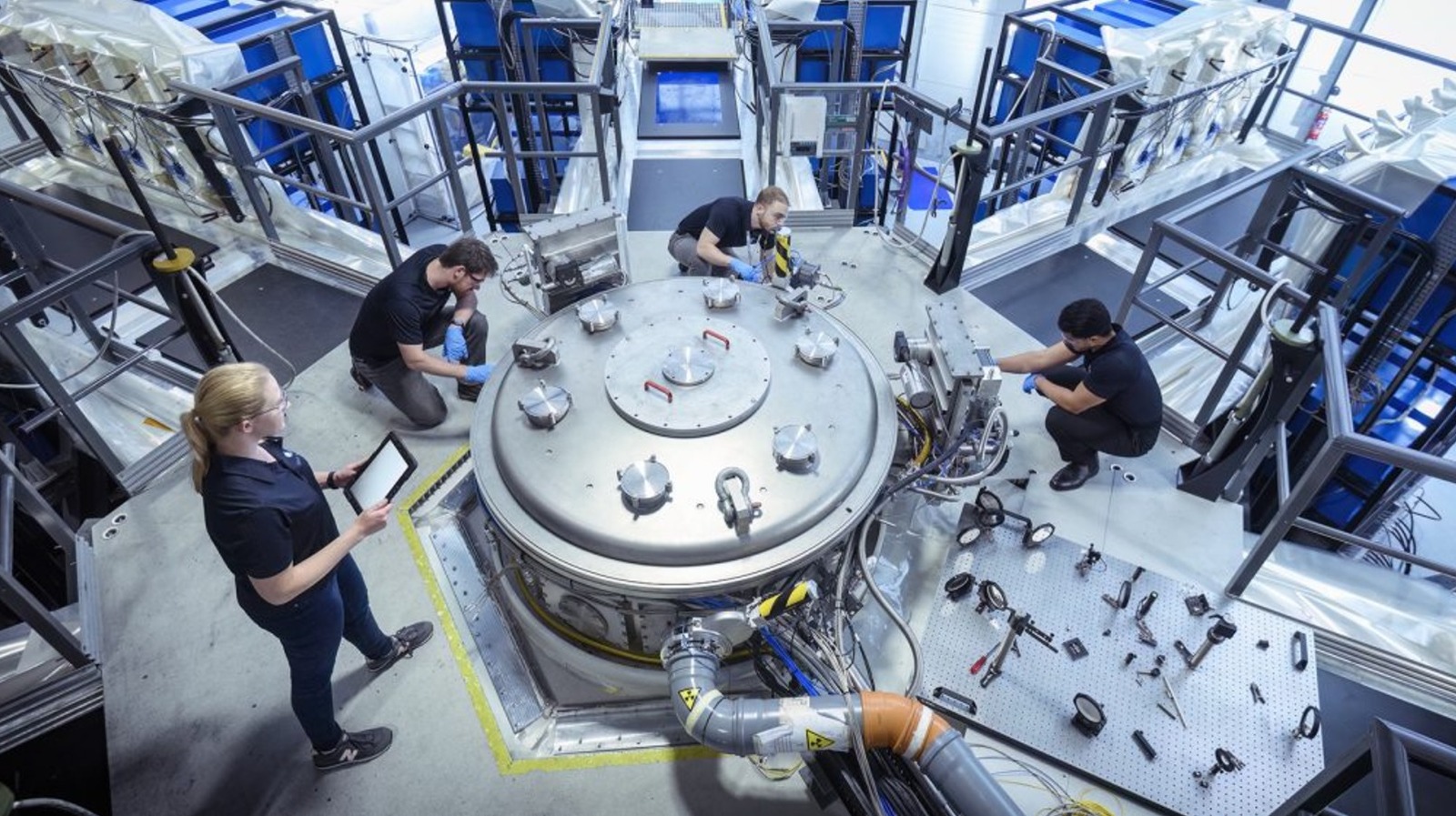A significant breakthrough in fusion energy has been reported by the British company First Light Fusion (FLF), which has achieved a method for “high gain” inertial fusion. This development brings the prospect of a commercially viable fusion reactor closer to reality, with potential implications for sustainable energy production on a global scale.
Fusion power harnesses energy from nuclear fusion reactions, where two light atomic nuclei combine to form a heavier nucleus. This process releases an immense amount of energy, theoretically providing a source of nearly limitless power. The successful capture and conversion of this energy could facilitate the transition away from fossil fuels, significantly reducing greenhouse gas emissions.
While previous research has made strides towards realizing fusion energy, no operational fusion reactor currently exists. Nonetheless, innovations such as FLF’s recent achievement have propelled the field forward. The new method, termed FLARE, which stands for Fusion via Low-power Assembly and Rapid Excitation, aims to achieve a remarkable gain of 1,000. This is notably higher than the current record of four, set by the U.S. Department of Energy’s National Ignition Facility in May 2025.
Understanding FLARE’s Mechanism
The FLARE method distinguishes itself by dividing the processes of compressing and heating the fusion fuel into two stages. Initially, the fuel undergoes compression, which generates a substantial surplus of energy, a technique known as “fast ignition.” This approach marks a pioneering application of previously theoretical technology, positioning FLF at the forefront of fusion research.
In its white paper, FLF emphasizes the energy potential of fusion, stating that a single kilogram of fuel could yield energy equivalent to 10 million kg of coal. Achieving ignition requires heating a small fuel source to approximately 100 million kelvin (around 180 million degrees Fahrenheit), a temperature exceeding that of the sun. Although producing such extreme heat demands significant energy, the prospect of self-sustaining fusion could ultimately lead to a net positive in energy production.
The Road Ahead for Fusion Energy
While this breakthrough is monumental, it represents just one step in the long journey towards developing functional fusion power plants. First Light Fusion acknowledges that numerous challenges remain before fusion can replace traditional energy sources entirely. However, should FLARE perform as anticipated, it could pave the way for a future where multiple fusion reactors power the planet sustainably.
The advancements in fusion energy research underscore humanity’s growing commitment to finding effective alternatives to fossil fuels. With the potential to transform energy production, breakthroughs like FLARE not only inspire optimism but also highlight the urgency of transitioning to cleaner, renewable energy sources. As research continues, the question is no longer if fusion energy will be realized, but rather when it will become a practical reality.







